The Actinopterygii together with the Sarcopterygii are the two sister groups within the Osteichthyes or bony fishes. Today, actinopterygians are the most diverse and speciose vertebrates on the planet and account for the majority (96 %) of living fishes. In earlier time, actinopterygians were divided into three grades: the “Chondrostei”, Holostei, and Teleostei. Historically, the grade “Chondrostei” included all primitive actinopterygians whereas today the taxon Chondrostei is limited to the Acipenseroidei and their relatives corresponding to the characterization by MÜLLER (1845A). In the volume, Eric J. HILTON and Lance GRANDE are responsible for these fishes.
The majority of the historic grade “Chondrostei” comprise the Palaeoniscimorpha LUND et al. 1995 (= Basal Actinopteri ), which are the main focus of this volume. Today, the Holostei and Teleostei are considered monophyletic taxa a result that differs from PATTERSON (1973) who dismissed the holosteans as a grade and placed the Halecomorphi as sister group of the Teleostei. Currently, we recognize three monophyletic taxa; the Chondrostei, Holostei and Teleostei in the sense of MÜLLER (1845A).
The extant polypterids and chondrosteans are included in this volume together with their fossil relatives and the palaeoniscimorphs. In addition, we will deal with basal actinopterygians and basal osteichthyans, where the placement into Actinopterygii, Sarcopterygii or basal Osteichthyes is debated.
This published work and the nomenclatural acts it contains (replacement of preoccupied names) have been registered in ZooBank, the online registration system for the ICZN. The ZooBank LSIDs (Life Science Identifiers) can be resolved and the associated information viewed through any standard web browser by appending the LSID to the prefix http://zoobank.org/. The LSID for this publication is: urn:lsid:zoobank.org:pub:0F2C9D33-9584-4739B914-5C4C243E0B1F.
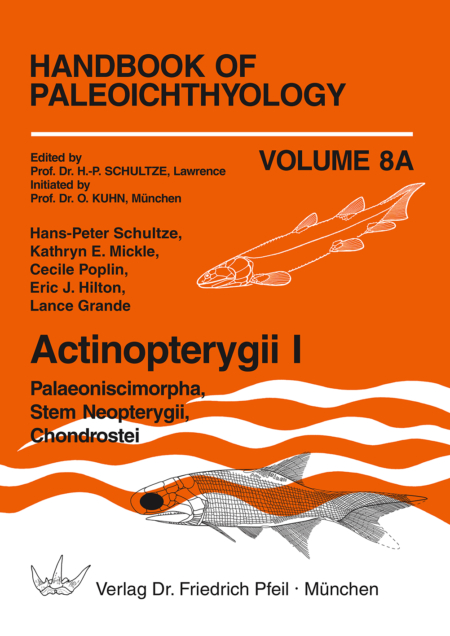
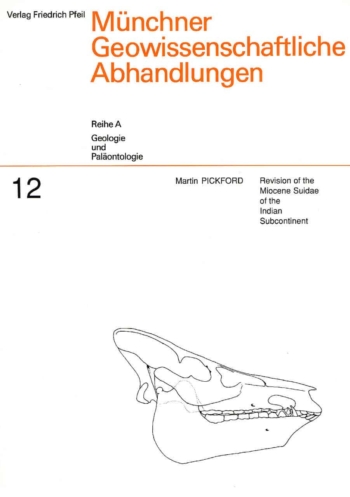
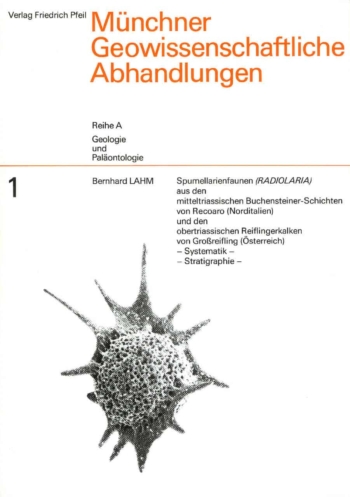
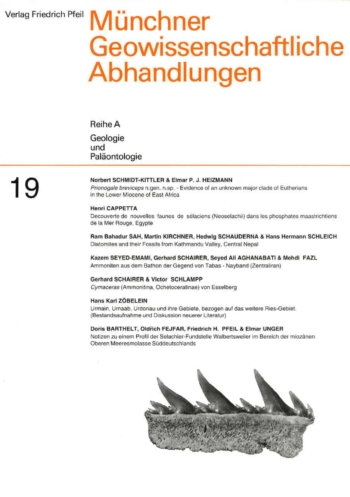
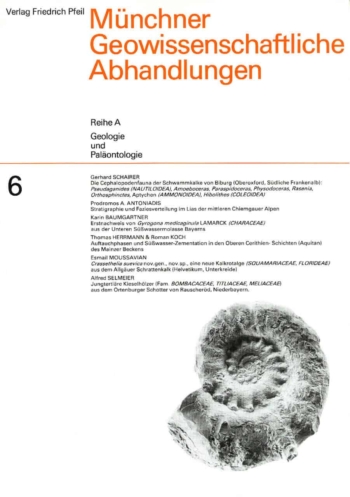
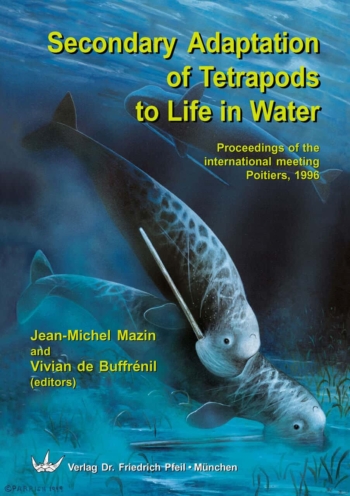
Rezensionen
Es gibt noch keine Rezensionen.